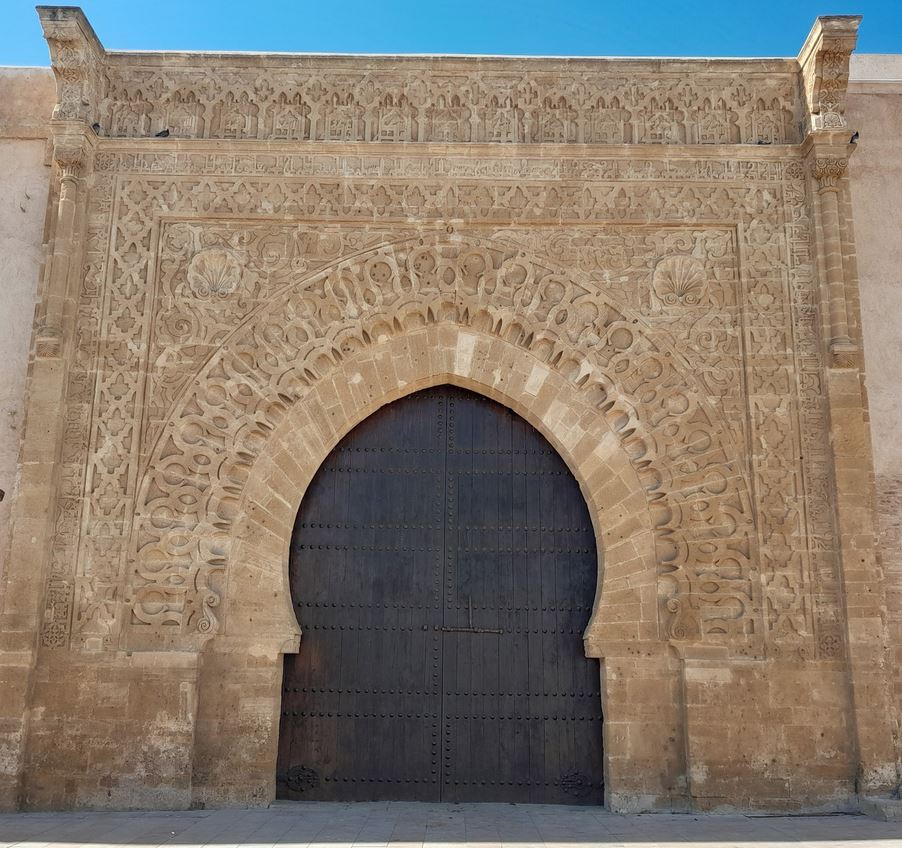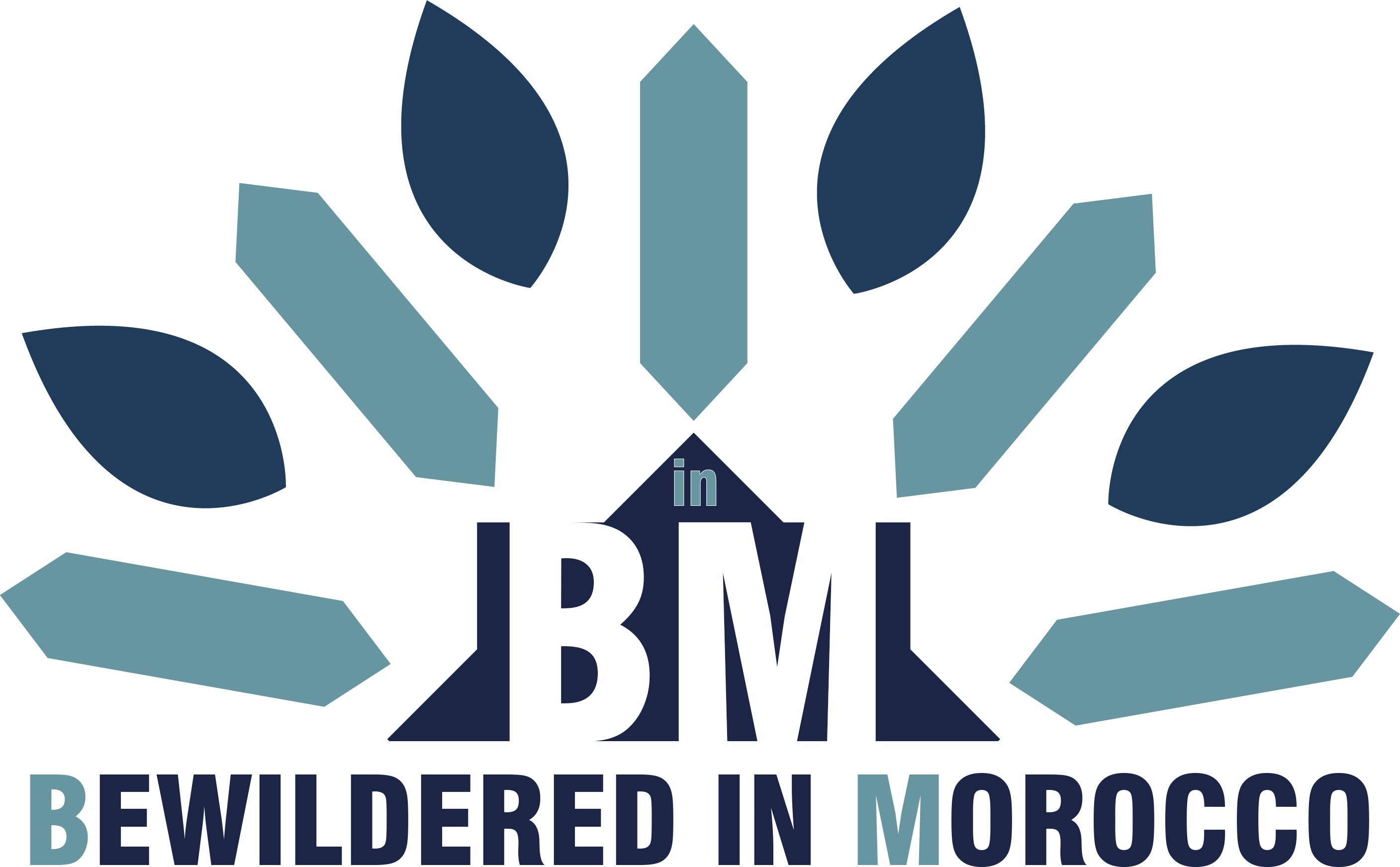As I sit in a small café in Marrakech, sipping mint tea and watching the world go by, I'm struck by the incredible complexity of Moroccan culture. Each stone, each conversation, each flavor tells a story of centuries of cultural blending.
Understanding the Cultural Influences in Morocco: A Traveler's Perspective
Morocco isn't just a destination—it's a living, breathing museum of cultural interactions. The cultural influences in Morocco create a mesmerizing mosaic that has been centuries in the making, shaped by indigenous Berber roots, Arab conquests, Andalusian refugees, African neighbors, European interactions, and Jewish communities.
The Indigenous Berber (Amazigh) Foundation

Before the Arab arrival, the Berber people—or Amazigh—were the original inhabitants of this land. Their culture forms the foundational layer of Moroccan identity. Imagine walking through the Atlas Mountains, where stone villages blend seamlessly into mountainsides, and traditional music echoes through valleys.
Key Berber contributions include:
- Unique languages like Tarifit, Tamazight, and Tashelhit
- Traditional architecture featuring earth and straw fortresses (kasbahs)
- Distinctive music styles, particularly Rif and Gnawa
- Artisanal crafts deeply connected to seasonal rhythms
Arab Influence: Shaping Religion and Language
Starting in the 7th century, Arab migration brought transformative changes. Islam became the dominant religion, and Arabic became an official language. The Moroccan Arabic dialect, "Darija," beautifully blends Arabic with Berber and other linguistic elements.
Religious and cultural impacts include:
- Sunni Islamic practices influencing daily life
- Festivals like Ramadan and Eid
- Dress codes and social customs
- A profound linguistic transformation
The Andalusian Legacy: Artistic and Culinary Richness

The Reconquista in Spain forced many Muslims and Jews to seek refuge in Morocco between the 13th and 15th centuries. This migration injected a rich Andalusian cultural element into Moroccan life.
Andalusian influences are visible in:
- Intricate tilework (zellige)
- Architectural styles with serene courtyards
- Complex musical traditions
- Sophisticated culinary techniques
African Connections: Desert and Sub-Saharan Threads
Southern Morocco, especially the Sahara region, reveals deep connections with Sub-Saharan Africa. Nomadic Sahrawi people contribute to a unique desert culture, while trade routes have facilitated centuries of cultural exchange.
African elements include:
- Gnawa music and trance rhythms
- Nomadic traditions like camel herding
- Diverse musical and dance styles
- Economic and linguistic exchanges
Mediterranean and European Imprints
Morocco's geographic position has made it a crossroads of civilizations. Phoenician, Roman, Byzantine, and later French and Spanish colonial powers left lasting impressions.
European influences manifest in:
- Urban planning
- Language (French remains widely spoken)
- Educational systems
- Architectural styles blending Islamic and European designs
Jewish Cultural Contributions
Morocco once housed one of the largest Jewish communities in the Muslim world. Their traditions have enriched Moroccan culture, particularly in cities like Casablanca, Fez, and Marrakech.
Jewish cultural elements include:
- Unique musical traditions
- Specialized crafts
- Architectural heritage
- Festivals celebrating cultural coexistence
How These Influences Shape Modern Moroccan Life
Cuisine: A Culinary Journey
Moroccan food tells a story of cultural fusion. Tagines, couscous, and mint tea represent a delicious blend of Berber earthiness, Arab flavors, Andalusian sophistication, and African boldness.
Music and Celebration
From Gnawa trance rhythms to Andalusian classical music, Moroccan soundscapes reflect its diverse cultural heritage. Festivals blend Islamic rituals with pre-Islamic Berber traditions, creating vibrant communal experiences.
Language: A Linguistic Mosaic
Morocco's linguistic landscape is as diverse as its culture. Arabic and Tamazight are official languages, French is widely used in business, Spanish influences linger in the north, and English is growing among younger generations.
Practical Tips for Cultural Travelers
- Learn a few basic phrases in Arabic or Tamazight
- Respect local customs and dress codes
- Attend local festivals to experience cultural diversity
- Engage with local artisans and learn about traditional crafts
- Be open-minded and curious about cultural differences
A Living, Breathing Culture
Morocco isn't just a destination—it's a profound cultural experience. Each region, each city tells a unique story of interaction, resilience, and beauty. As travelers, we're not just observers but participants in this ongoing cultural narrative.
Have you experienced Morocco's incredible cultural diversity? Share your stories in the comments below!
Disclaimer: Travel experiences may vary. Always research current local conditions and respect cultural sensitivities.
